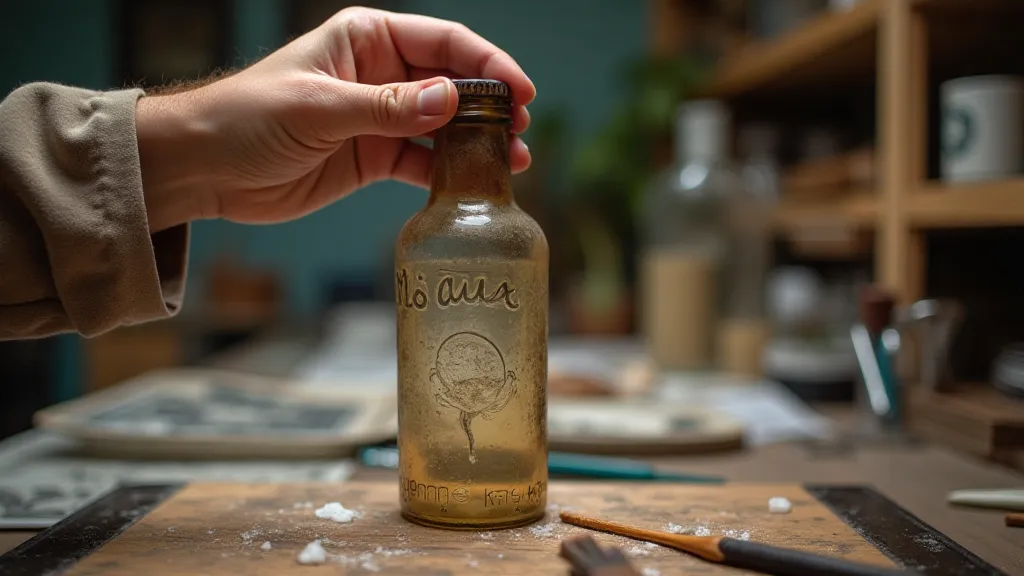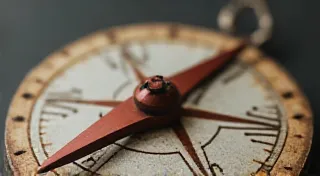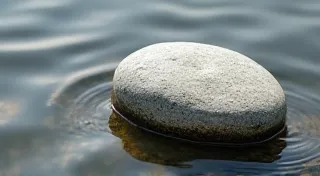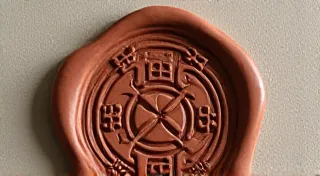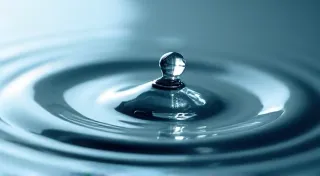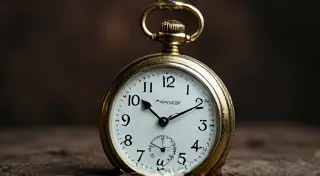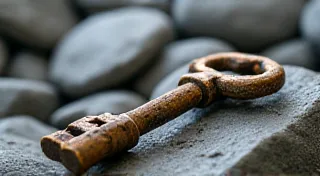Ephemeral Bloom: Capturing Transience in Reverse Glass Etching
There's a quiet melancholy that permeates antique bottles, isn’t there? They stand as silent witnesses to lives lived, stories untold, and moments long gone. Each imperfection – a bubble trapped within the glass, a chip on the rim, the subtle discoloration – speaks of a history far richer than any flawless, mass-produced item could ever possess. When I began my journey with reverse glass etching, it wasn’t simply about decoration; it was about finding a way to honor that history, to deepen the resonance of these forgotten objects. And what better subject to explore that connection than the poignant beauty of impermanence?
My fascination began with my grandfather. He was a collector of accordions – beautiful, intricate instruments that, like antique bottles, represented a lost era of entertainment and connection. He’s no longer with us, but the memory of him meticulously cleaning and repairing those accordions, carefully restoring their voices, remains vivid. Each button, each bellows, held a story. They weren’t just instruments; they were vessels of memory, carrying echoes of joyful gatherings and shared laughter. They were also, inevitably, fading. The leather cracked, the keys stuck, the music grew quieter. That feeling – the bittersweet understanding of something beautiful slipping away – became the driving force behind my exploration of reverse glass etching.
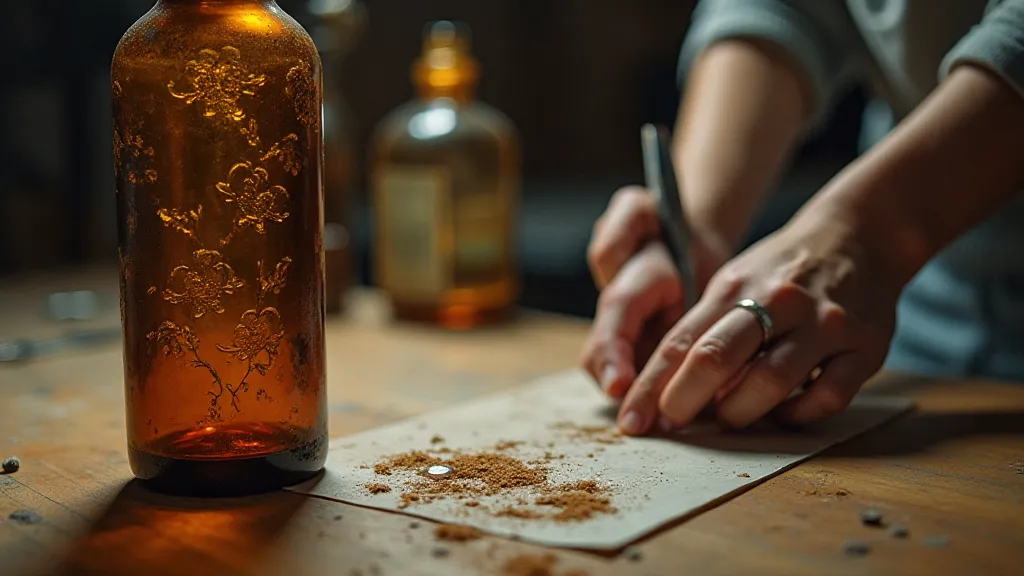
The Dance of Permanence and Fleeting Beauty
Reverse glass etching itself is a study in contrasts. The process – applying a stencil, covering the glass with etching cream, rinsing, and revealing the frosted design – creates a permanent mark on a traditionally fragile medium. Yet, what I choose to depict often celebrates the ephemeral. A wilting rose, a dissolving photograph, a flock of birds scattering across the sky – these images are fleeting by nature, existing only for a limited time. The juxtaposition is intentional. It’s a visual paradox, a way of holding onto something precious even as it fades.
Consider a single, perfect rose. Its beauty is undeniable, but its lifespan is tragically short. Trying to capture that perfect bloom in a painting or photograph feels like an attempt to freeze time, to deny the natural cycle of decay. Instead, I etch a wilting rose onto an antique bottle. The etched image remains, a permanent reminder of the flower's fleeting beauty. The imperfections of the bottle itself – the bubbles, the slight warping – further amplify the feeling of transience, as if the bottle has witnessed countless blooms come and go. This process of adding depth and dimension, of truly bringing an image to life on glass, is something I often explore in more detail – you can find some insights on The Language of Texture: Adding Depth Through Etching, which delves into various etching techniques.
Symbolic Choices & Artistic Interpretation
The symbolism within the design is crucial. I often employ motifs associated with memory and loss: fading images, swirling patterns that suggest dissolving boundaries, and the imagery of birds in flight – representing freedom and the elusiveness of time. The intention is to evoke a sense of dreamlike nostalgia, akin to gazing into a cherished memory. This feeling of capturing a moment suspended in time is a recurring theme, and how I strive to achieve it is something I’m continuously refining.
Color, or rather the absence of it, also plays a vital role. Antique bottles often carry a patina of age – subtle hues of amber, brown, or green. These colors become part of the design, contributing to the overall feeling of nostalgia. The stark contrast between the clear, unetched glass and the frosted, etched areas intensifies the visual impact and draws the viewer’s eye to the details.
The Historical Context of Bottle Collecting
Collecting antique bottles isn't merely a hobby; it's a connection to the past. These bottles were once essential for preserving and transporting everything from milk and medicine to soda and beer. Each bottle tells a story about the industry, the community, and the era in which it was made. The designs etched onto them – often simple logos or advertisements – offer glimpses into a world that has vanished. Understanding the history of a bottle enhances the appreciation for the craft, both in its original manufacture and in its subsequent artistic transformation.
Many early bottles were made using inefficient processes, resulting in imperfections that modern, mass-produced glass lacks. These “flaws” are what make them so charming and desirable to collectors. They are evidence of human hands at work, of a time when things were made with care and attention to detail – a stark contrast to the homogenized products of today. The stories held within these vessels are often so profound, so evocative, that they almost feel like captured dreams. The way I strive to capture that essence, to translate the history and the feeling into a visual representation, is a continuous exploration. I aim to transport the viewer, to create a moment of quiet contemplation, mirroring the quiet beauty of the bottle itself. This often involves carefully considering the overall composition, striving for a feeling of balance and harmony.
Restoring these bottles – carefully cleaning away grime and removing labels without damaging the glass – is an act of preservation. Similarly, applying reverse glass etching is a way of adding another layer of history, of creating a new story that builds upon the existing narrative. The process of layering, of building up a composition, is akin to creating a visual poem, each element carefully considered to contribute to the overall effect.
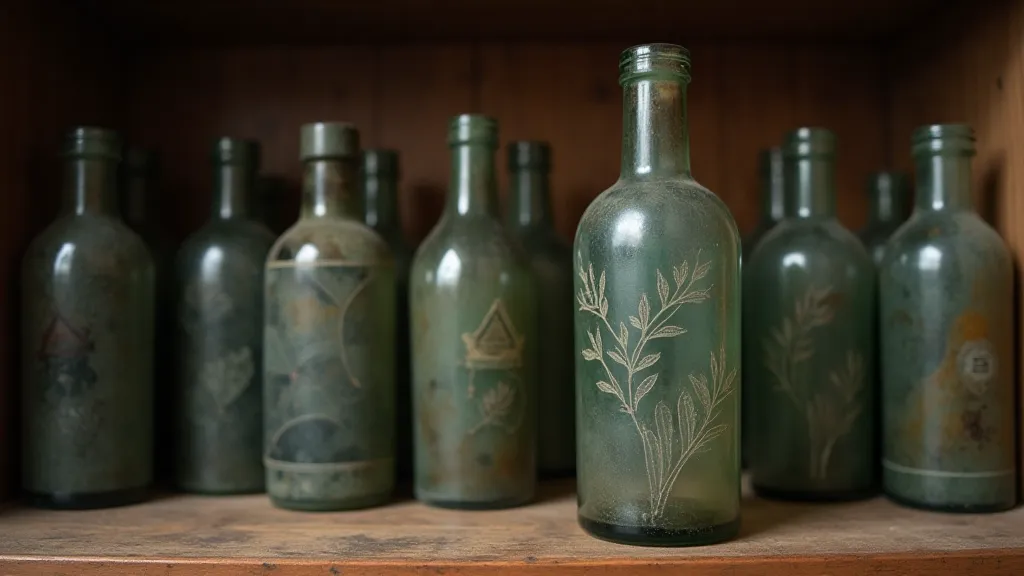
The Craftsmanship & Technique
Reverse glass etching isn’t a simple process. It requires patience, precision, and a keen eye for detail. Selecting the right stencil, applying the etching cream evenly, and carefully rinsing the glass are all crucial steps. Even the choice of etching cream can impact the final result – some produce a coarser texture, while others create a smoother, more subtle frost. The intricacies of this process, and the subtle nuances that can affect the outcome, are something I’m constantly refining. I often find inspiration in the ethereal quality of light and shadow, attempting to replicate that interplay on the surface of the glass.
The use of antique bottles adds another layer of complexity. They are often more fragile than modern glass, and their imperfections can make it more difficult to achieve a perfectly even application of the etching cream. However, these challenges are also what make the process so rewarding. Each bottle presents a unique set of circumstances, requiring a slightly different approach. The challenge of working with the bottle’s natural irregularities, embracing its quirks and imperfections, is what makes the process so fulfilling. This is where true artistry emerges – not in overcoming the challenges, but in incorporating them into the final piece.
I often incorporate multiple layers of stencils to create intricate designs. This allows for greater control over the final appearance and allows for the creation of subtle shading and depth. Experimentation is key – trying different stencils, different etching creams, and different techniques to discover what works best. This experimentation, this willingness to push boundaries and explore new possibilities, is what keeps the process fresh and exciting. The possibilities are truly endless, and the journey of discovery is a constant source of inspiration. To further appreciate how dimension is built, you might find The Sculptor’s Glass: Building Dimension with Etched Layers illuminating.
